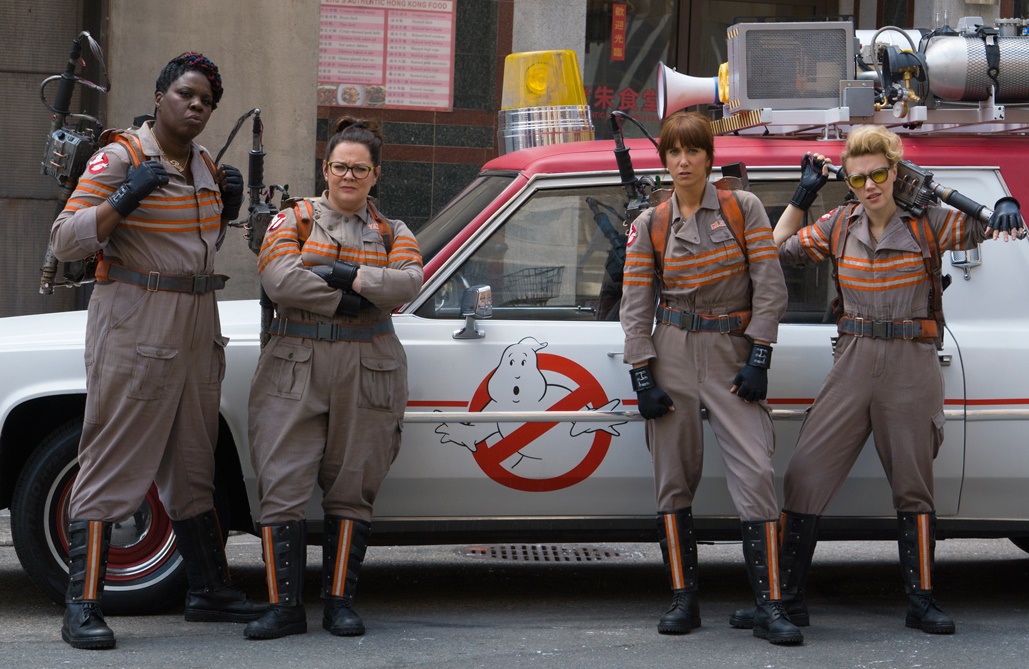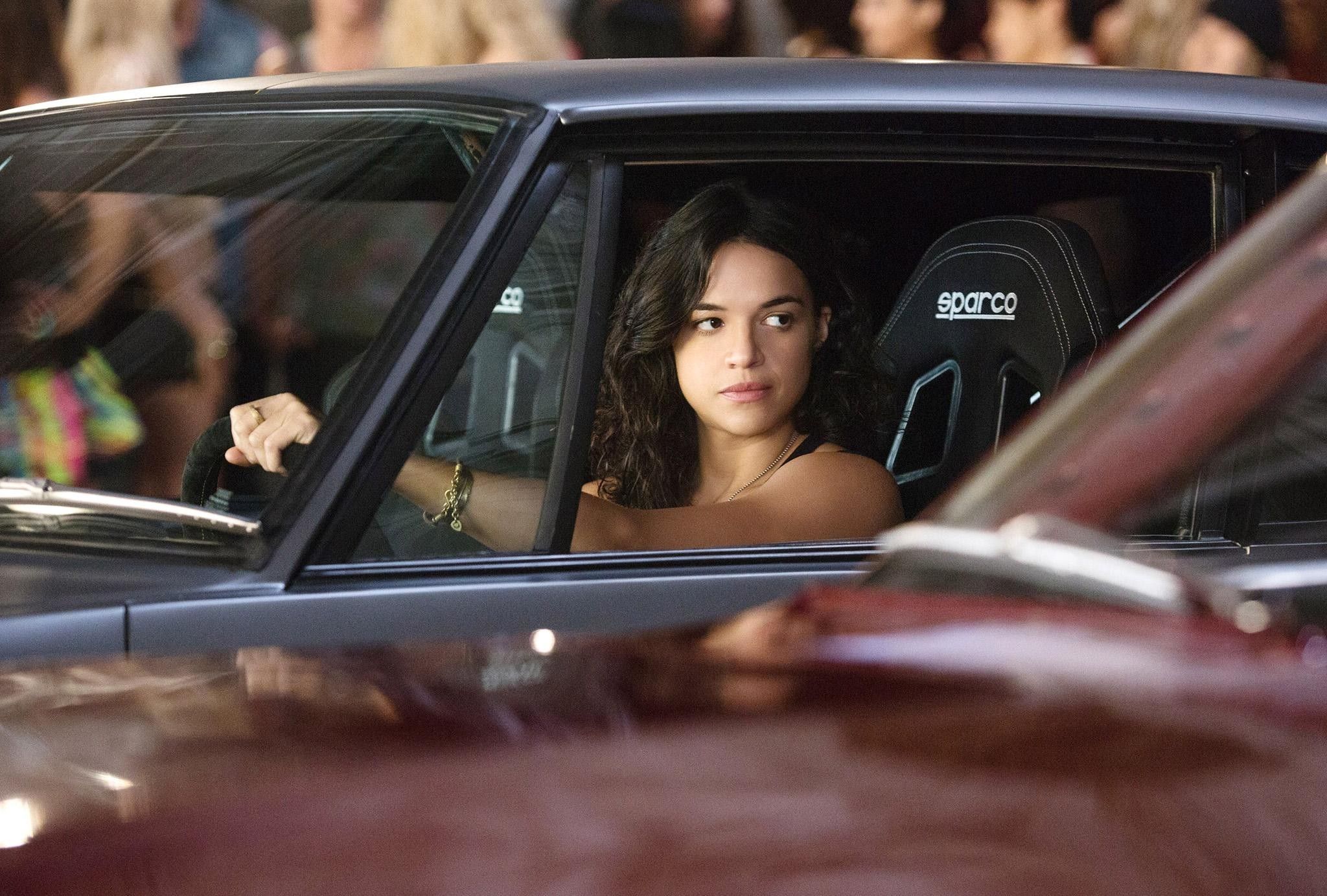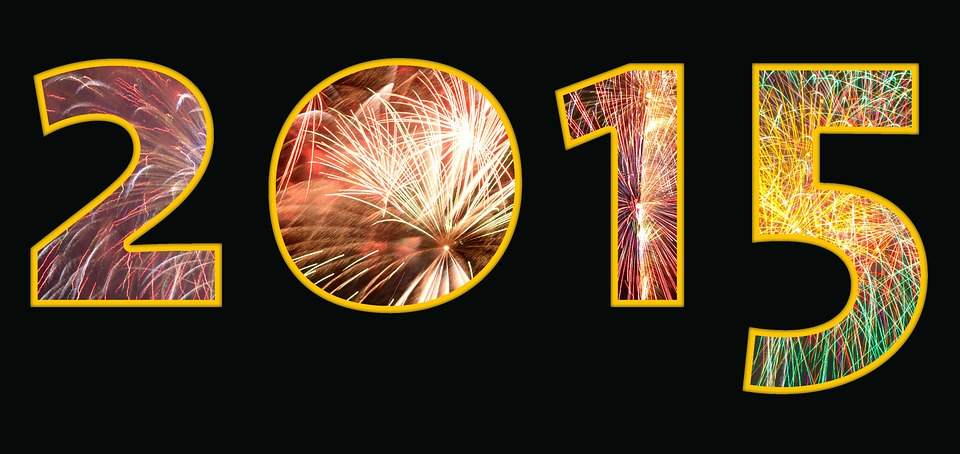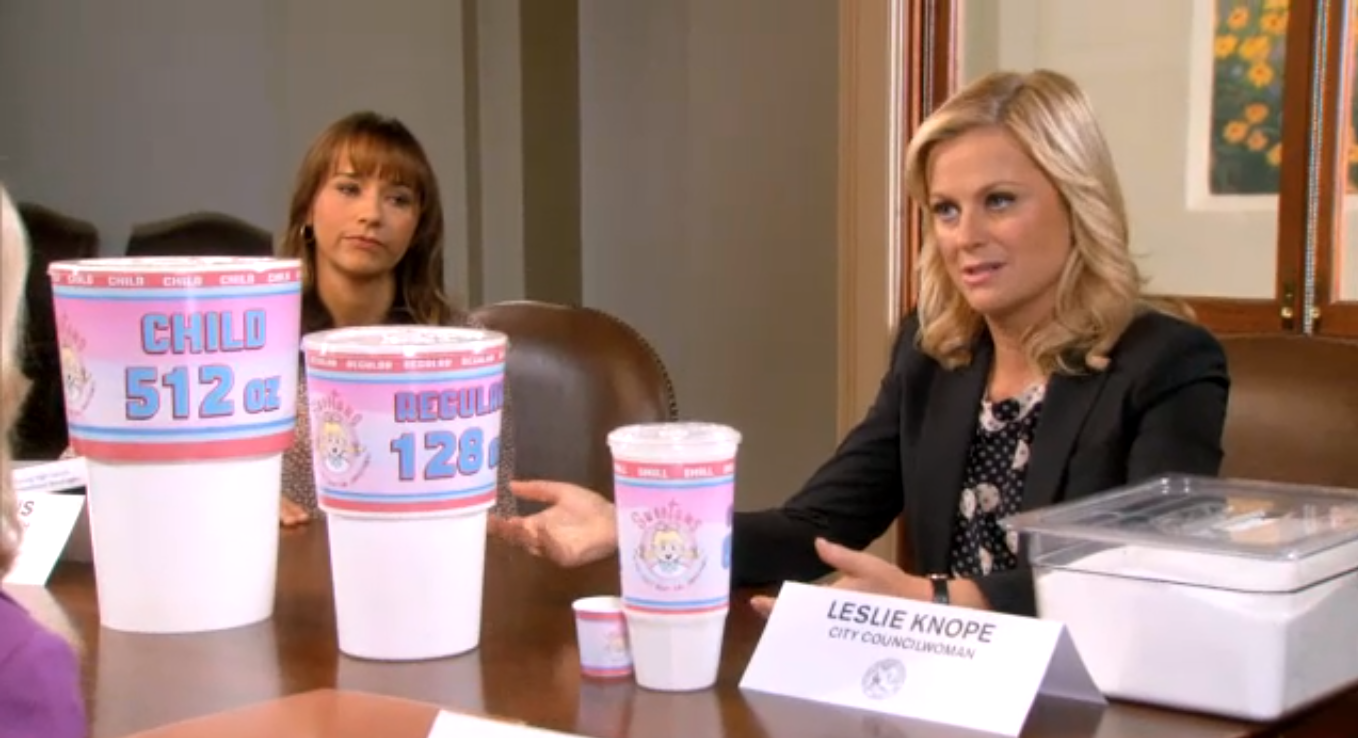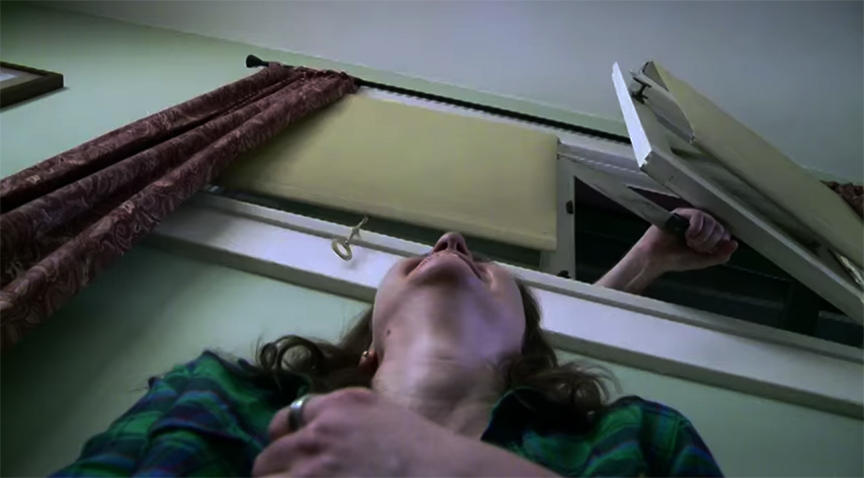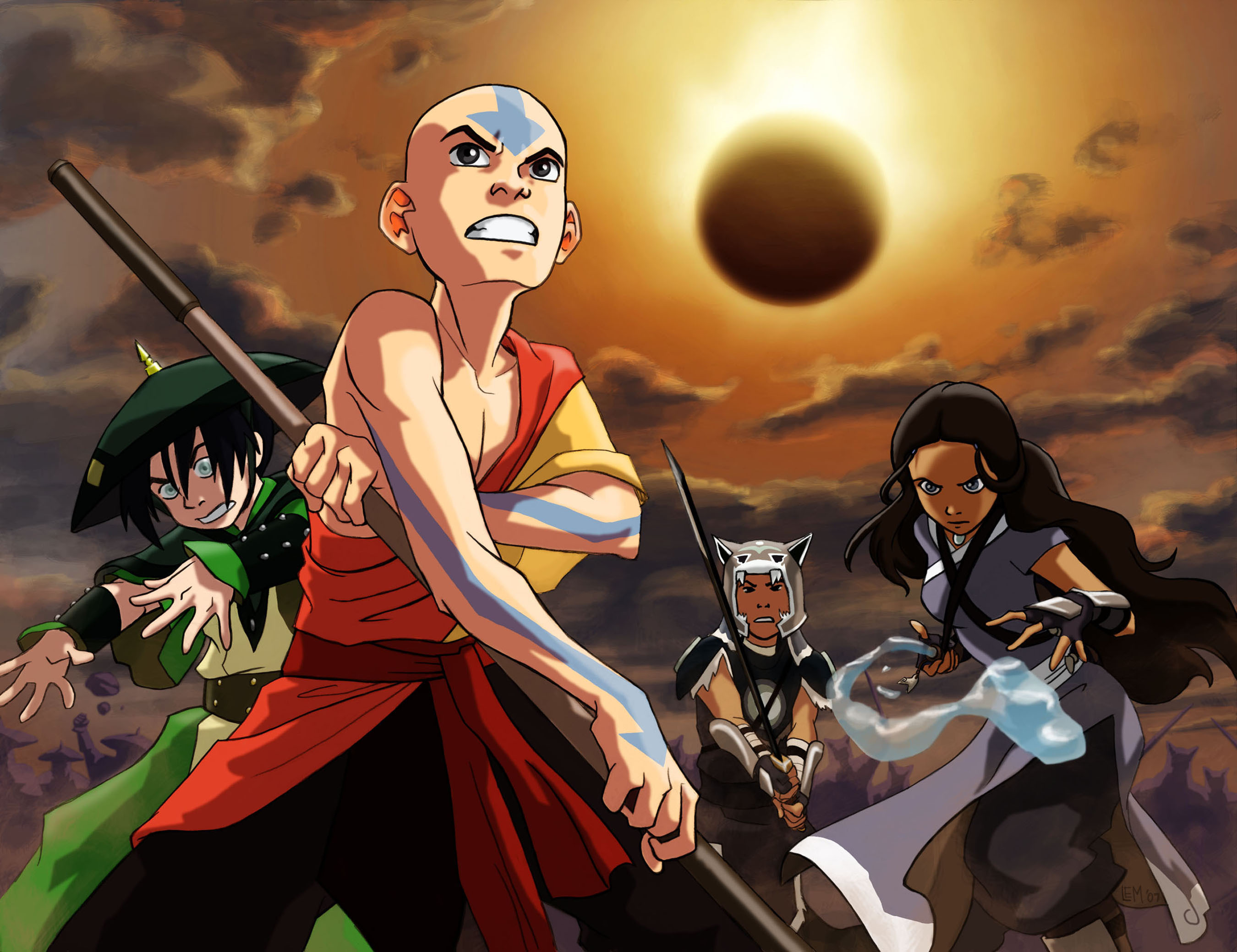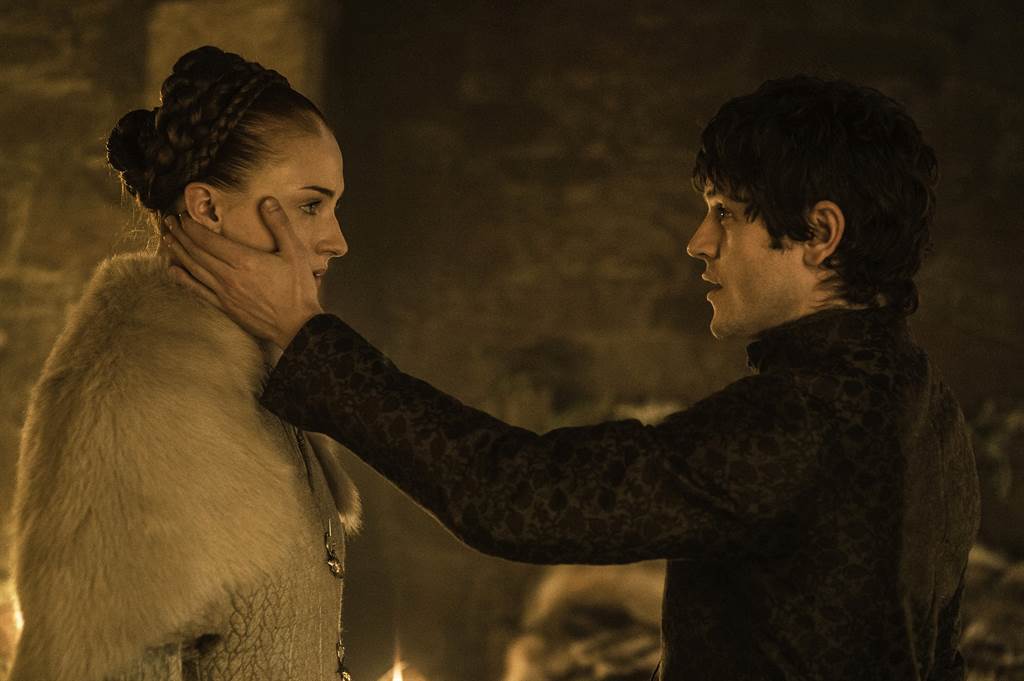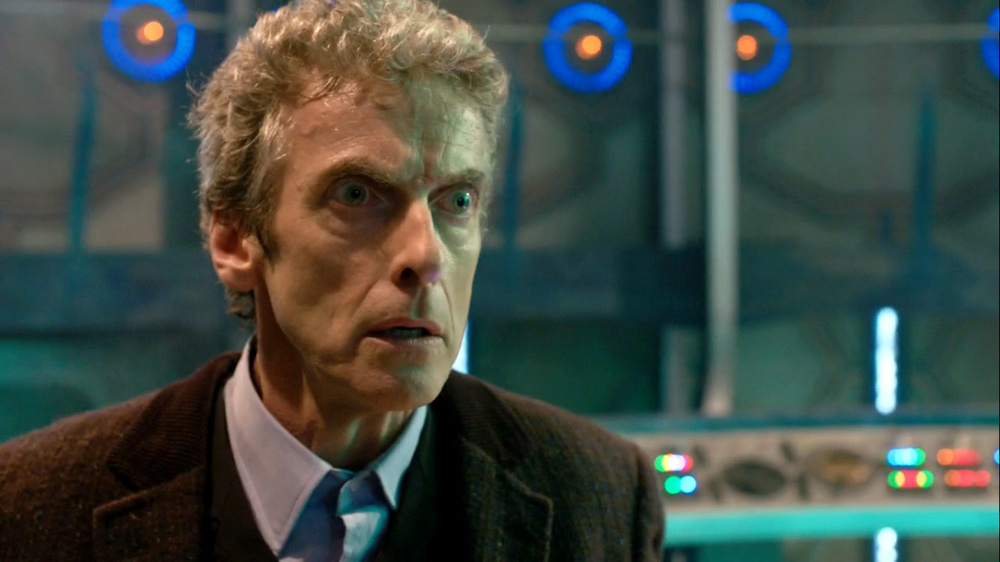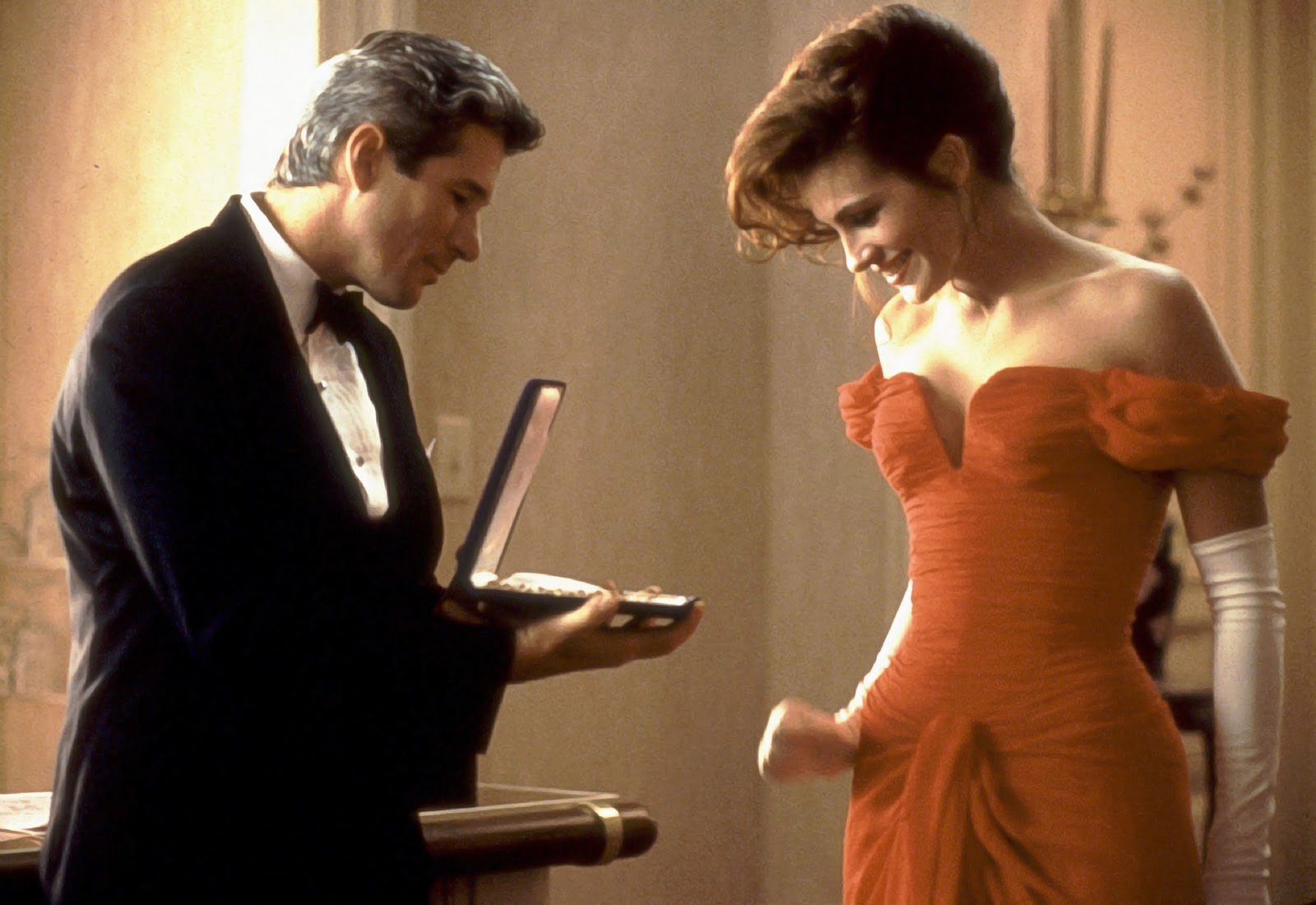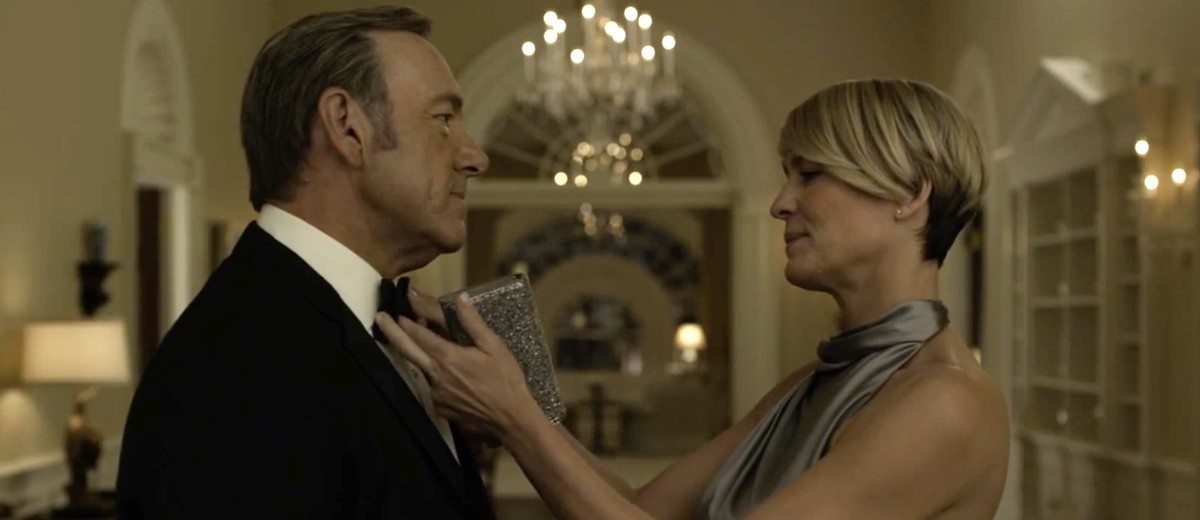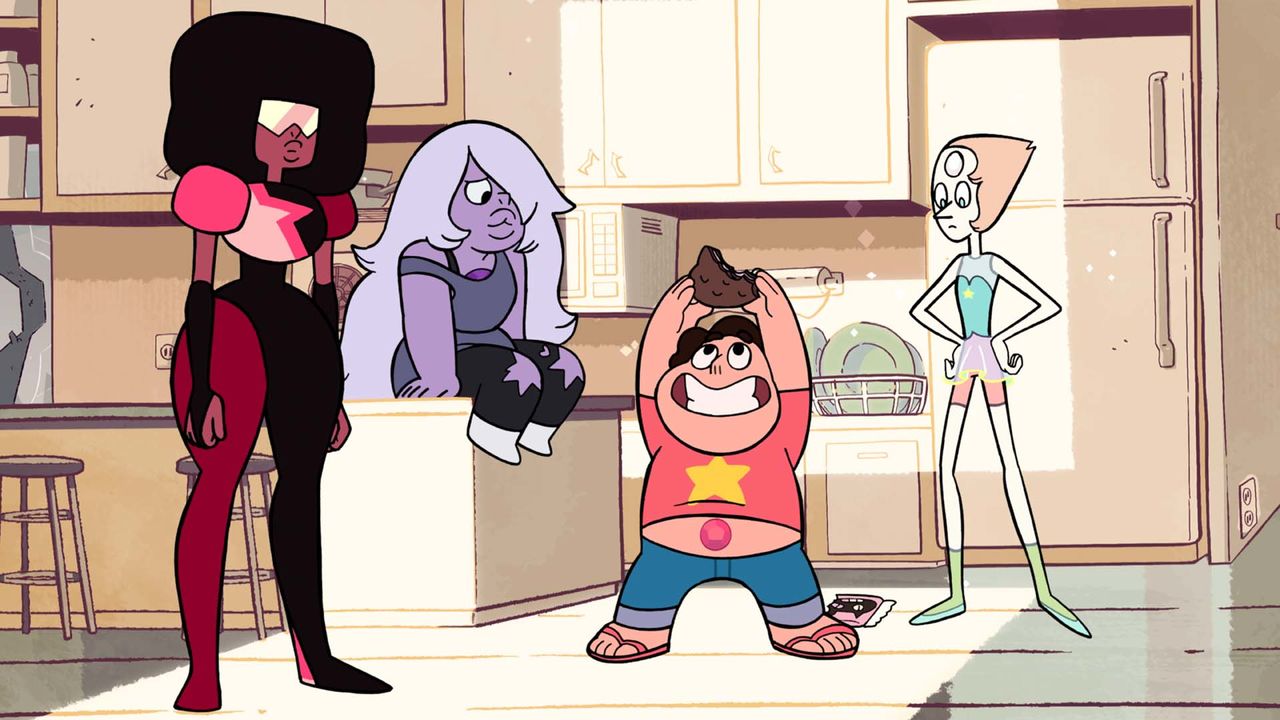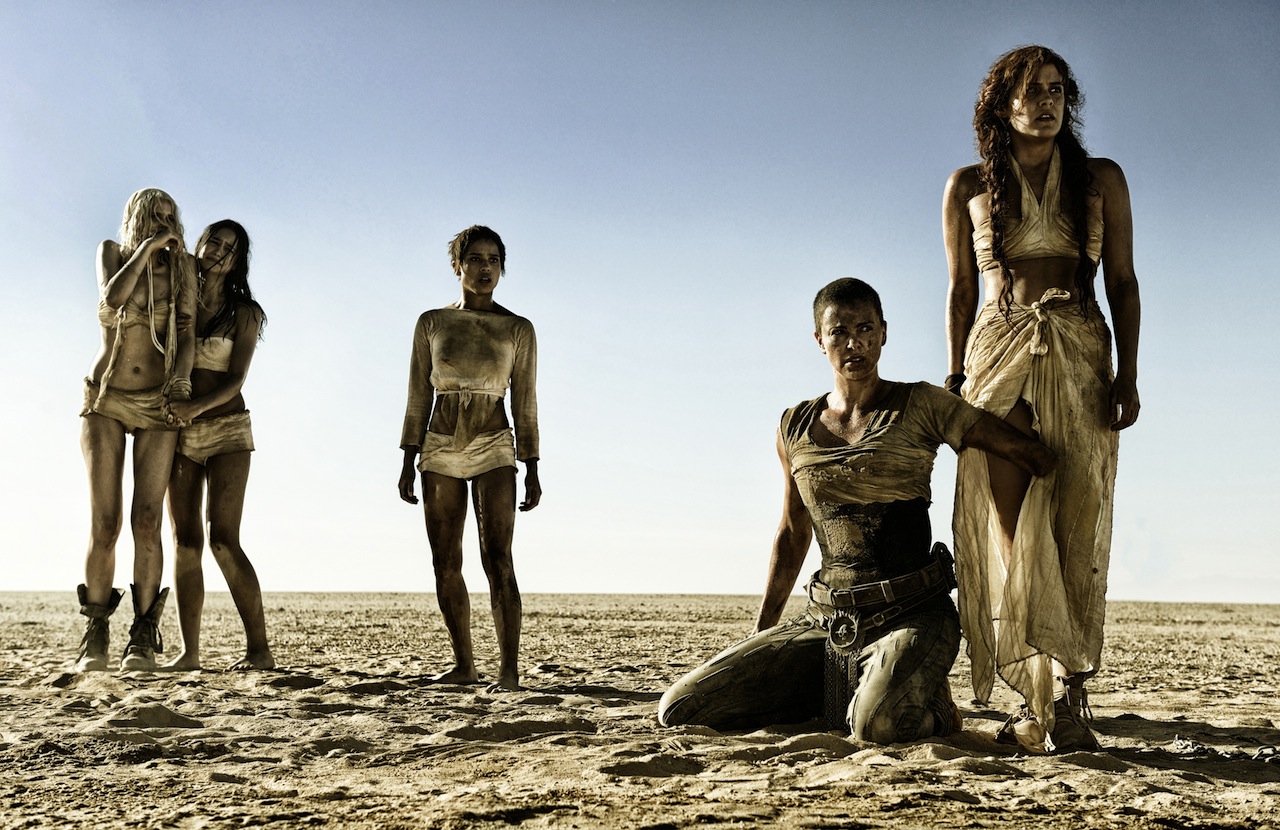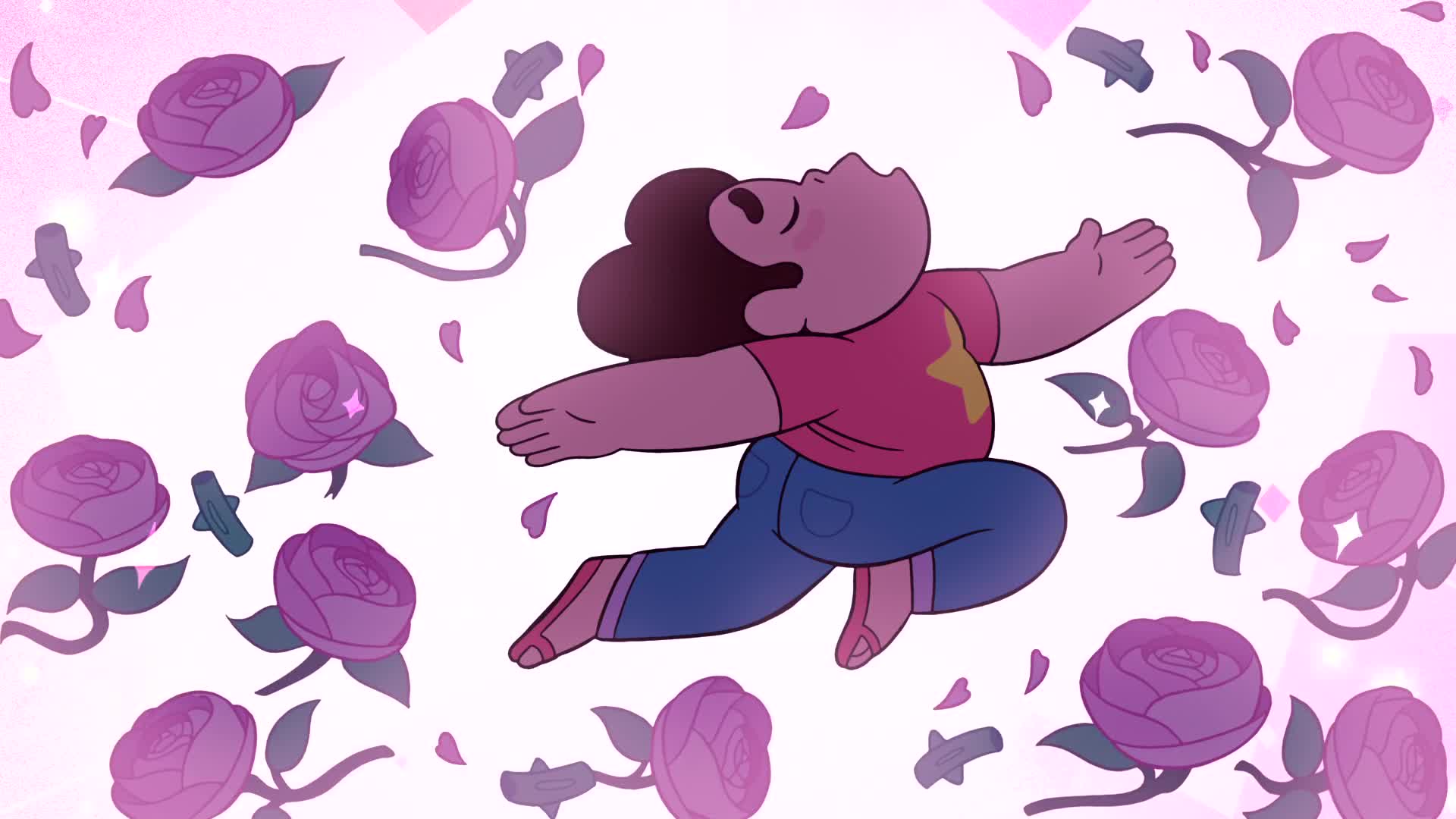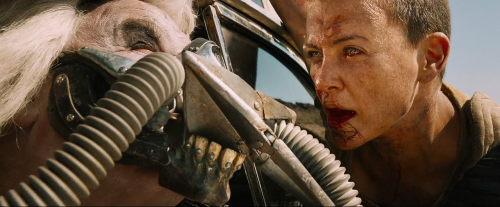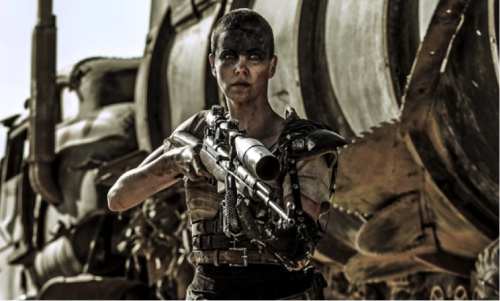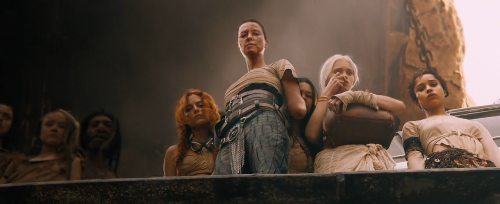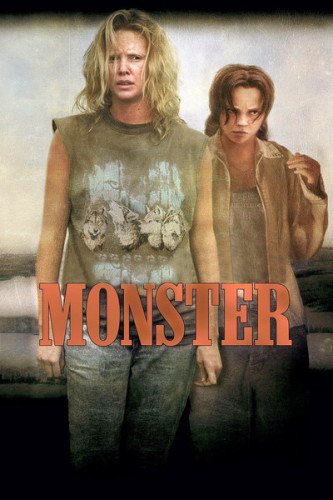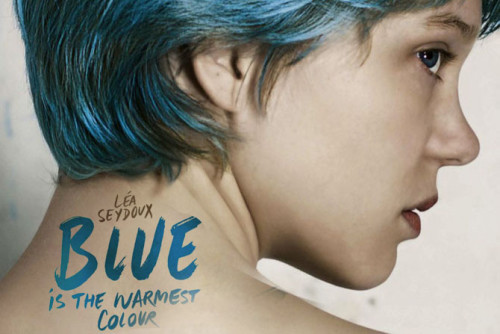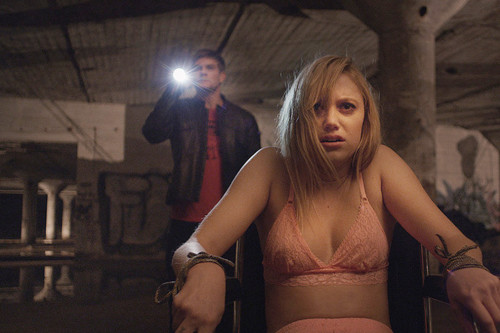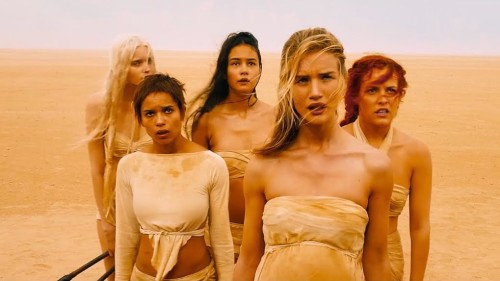This guest post is written by Manish Mathur.
Hollywood is deeply rooted in franchise culture, where properties from 20 years ago are being resurrected from the dead in order for studios to mine profits from brand recognition. The rise of streaming platforms, digital rentals, and services like Redbox has made movie studios anxious to find ways to bring audiences into the movie theater. Reboots, remakes, and long-awaited sequels are par for the course. Nostalgia is ruling the mainstream pop culture.
Nostalgia is not the problem, at least not the main one. Pop culture, and film specifically, always looks to the past for new ideas even among “original films.” The central issue is that the feeling of nostalgia is often a privilege, and a form of exclusion. The controversy surrounding the woman-led Ghostbusters has been well-documented. Fans of the original Ghostbusters claimed that a reboot of the franchise, and one that stars four women especially, is ruining their childhoods, and a disgrace to the memory of the original film. The backlash was so immense, so loud and hateful, that many pop culture enthusiasts, writers, and critics deduced that the reason behind it was outright misogyny and racism. Their hatred of the movie, fueled by an admittedly lackluster marketing campaign, signaled to me that they were used to pop culture catering to their tastes and childhood memories.
That is a privilege that is slowly being taken away. I can imagine that it’s really frustrating to see stuff these white men love being transformed into something different. Melissa McCarthy, an icon of women who dare to be successful without sexual objectification, replaces Bill Murray, an icon of male eccentricities and aloofness. McCarthy is not only a fabulous comedian and powerful dramatic actress, she’s sexual and desirable without being reduced to a typical masturbation fantasy. The same goes for Leslie Jones, a dark-skinned Black woman who confronts the Angry Black Woman stereotype through her sketches on SNL. Jones has also been facing a perpetual barrage of racist, misogynist harassment. These are two women who dare to be present, without the aid of white male fantasy; they are a definite “fuck you” to the stereotypical male gaze.
Privilege has many definitions, but the one that is most powerful to me is it’s the feeling of despair when something is taken away from someone who assumed it was owed to him. The Ghostbusters fan-boys thought a Ghostbusters 3 or all-male reboot was owed to them; they lashed out when they didn’t get it. Star Wars fans lost their cool when Star Wars: The Force Awakens revealed that Daisy Ridley, a woman, was the protagonist alongside John Boyega, a Black man, with racist fans calling for a boycott. Men complained about Rogue One: A Star Wars Story because Rogue One is the second film in a row of the new phase of Star Wars releases to feature a woman in the lead (Oscar-nominee Felicity Jones). Never mind that Jones is flanked by an all-male, albeit racially diverse, supporting cast. And of course, Men’s Rights Activists (MRAs) protested Mad Max: Fury Road for its feminist themes and the horror of a woman as the co-lead with a man.
Disney is giving cult hit The Rocketeer a sequel, this time starring a Black actress (fingers crossed, the sequel will be directed by a Black woman). Comedian Jillian Bell (The Night Before) pitched a gender-swapped remake of the Tom Hanks/Daryl Hannah 1980s comedy Splash, with Channing Tatum in the mermaid (merman?) role.
These examples are mere raindrops in an ocean compared to the countless major movies being made by and for white men. But they stand out as definite attempts to rewrite pop culture history to be more inclusive and better representations of the world as a whole. For some, incremental change can be frustrating, and just as practically unhelpful as no change. Yet these diverse and inclusive steps are viewed by a certain privileged demographic as the pillaging of their childhoods. For some, even small progress is seen as too much, and forests are missed for the trees.
These whiny reactions from the MRA community are amusing for their silliness and for being ultimately ineffective, but they represent a sense of loss within the Mens Rights Activist community. These men feel like their childhoods are being taken away, yet they fail to realize that their childhoods are the only ones that matter to most of mainstream media. They don’t understand that the fact that boy-centric 80s and 90s properties are being brought back to life at all because studios are chasing the white, 18 to 49-year-old, male dollar. Aside from Disney, no other studio is really concerned about women consumers or people of color consumers, even though women, especially Latinx women, purchase 51% of movie theatre tickets. The profits from these marginalized groups are often viewed as lesser, inferior, or irrelevant. This contradicts the countless pieces of evidence that women and/or people of color are a powerful and immensely hungry audience. The Fast and the Furious series became a billion-dollar franchise when it expanded its cast to more women and more actors of color. Diverse movies perform better than those with the typical white male lead. For every half-dozen examples of diverse casting and gender-swapped reboots, there are a hundred other properties made to placate the cis, straight, white man that underperform at the box office. Even among many financial failures, the white male is still the default.
Right now, Hollywood is stuck in a cycle of bringing back old properties. The white male childhood still reigns supreme. The industry will need to experience a seismic change to get out of this routine. However, the best way to combat this narrow view of nostalgia is to create a more inclusive nostalgia for generations to come. I want our kids, of all races, genders, sexual orientations, and religions, to see themselves on the screen. Maybe this current trend of diverse reboots will inspire more marginalized groups to take a chance on a career previously seen as exclusive.
Maybe a young Black woman will become a historian, inspired by Leslie Jones in Ghostbusters. Or perhaps a Korean-American young boy will feel comfortable enough to come out as gay after seeing John Cho in Star Trek Beyond. Pop culture has the ability to shape our future, to inspire the world to be better. It’s time now for all kids to have that privilege of seeing versions of themselves on-screen.
My childhood was sacred, and I cherish those memories. But my childhood is not important anymore. It is of the utmost importance that older generations fosters growth for the future generation. Just look at the picture of Ghostbusters star Kristen Wiig interacting with two young girls in Ghostbusters uniforms at the movie premiere. That photo is a glimpse of the benefits of an inclusive culture, where no one demographic is privileged over the others. Boys, we had our time and it was mostly fine. Now, I (and many others) am hungry for more stories, different characters, and interesting perspectives.
Recommended Reading: Why Is Hollywood So Obsessed with Men Who Grew Up in the ’80s via Vox; ‘Perfect Guy, ‘Furious 7’ and the Box Office Potential of Race-Swapped Rip-Offs via Forbes
Manish Mathur is a freelance writer in New York, and a major Alfred Hitchcock fan-boy. He writes about diversity and inclusion, Hollywood franchise culture, and analyses of classic films. He’s completely obsessed with Scarlett Johansson. You can read his writing at Mathur & the Marquee, follow him on Twitter @hippogriffrider, and like his page on Facebook.
